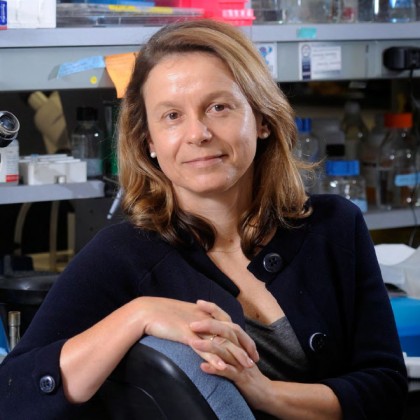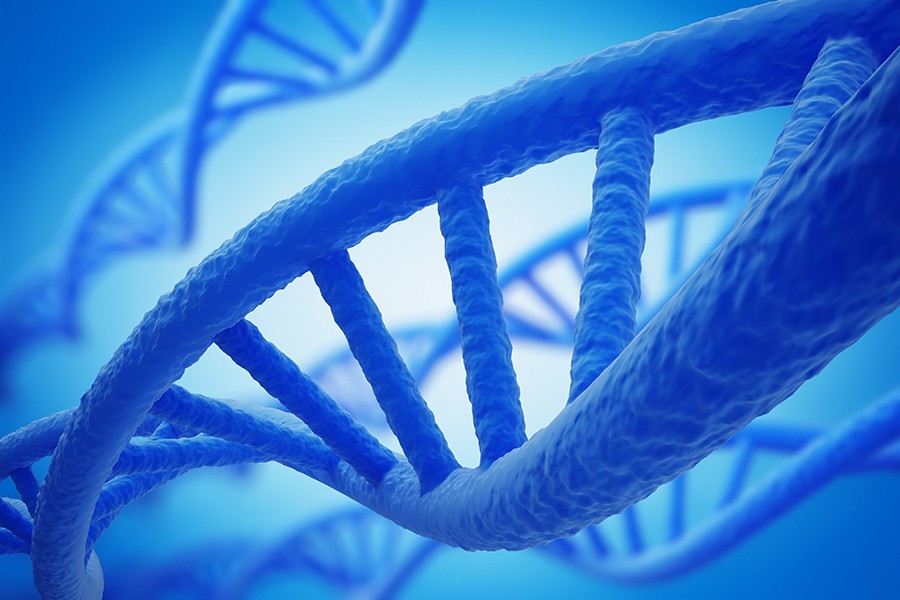Johns Hopkins scientists have developed a streamlined method and accompanying efficiency "rules" for introducing new DNA sequences into cells after using the gene-cutting tool known as CRISPR.

Image caption: Geraldine Seydoux
The scientists say the new method, which they based on tests with mouse embryos and thousands of human cells, could improve consistency and efficiency of genome editing. The method and its development are described online in the Nov. 28 Proceedings of the National Academy of Sciences.
"CRISPR is a tool to help scientists modify the genome, predict the outcome of certain traits, and study them, but the tool itself only creates breaks in the genome. It does not control how a new DNA sequence is inserted into the genome," says Geraldine Seydoux, a professor in the Department of Molecular Biology and Genetics and vice dean for basic research at the Johns Hopkins University School of Medicine. She is also an investigator with the Howard Hughes Medical Institute.
"We set out to study how cells repair breaks induced by CRISPR with the goal of using the cell's natural DNA repair process to introduce new sequences in the genome. We were surprised to find that cells will readily copy sequences from foreign DNA to repair DNA breaks, as long as the foreign DNAs are linear," Seydoux adds. "By studying how foreign DNA fragments are copied during the repair process, we came up with some simple rules to make genome editing as efficient as possible, optimize the tool, and do so with confidence."
CRISPR—which stands for "clustered, regularly interspaced short palindromic repeat"—has gained popularity among scientists in the past five years as a tool to efficiently cut DNA by adapting a naturally occurring process. Essentially, the tool is a streamlined set of molecular "scissors."
Occasionally, cells use a sequence from another piece of DNA—or "donor" DNA—to seal breaks in DNA. However, the new "donor" sequence cannot be inserted by itself into an empty space in the genome—it needs a kind of tape at each end to help it stick within the gap made by the cut. Scientists refer to this tape as the "homology arms" of the donor DNA.
The homology arms consist of nucleotides that overlap the intact portions of the DNA with matching genetic code. This helps the donor DNA "stick" to the intact DNA.
Yet scientists regarded using donor DNA as an inefficient way to repair the genome, assuming that it required long homology arms, especially when inserting a long DNA sequence, and single-stranded or circular DNA, which are difficult to prepare in long sizes.
As scientists gained more experience with CRISPR, Seydoux says, "Questions arose about the optimal design rules for donor DNA and the length of the homology arms."
To answer these questions, the Johns Hopkins scientists inserted various combinations of donor DNA into human embryonic kidney cells, known for their ability to grow well and for their frequent use in cancer research. The scientists used donor DNA with a gene that codes for a fluorescent protein, which glows green in the cell's nuclear membrane when the gene insertion is successful.
Johns Hopkins research associate Alexandre Paix found that linear DNA fragments function very well as donors and are two to five times more efficient than circular DNAs (known as plasmids) in human cells. Paix also tested various lengths of homology arms, finding that the ideal length is about 35 nucleotides, much shorter than scientists typically use.
The team also found that the newly inserted sequence, not counting the homology arms, can be up to 1,000 nucleotides in length. Beyond 1,000 nucleotides, new inserts with 1,122 and 2,229 nucleotides had little success—about 0.5 percent of the time.
"At that size, it becomes very difficult to introduce the quantity of donor DNA needed for editing. Cells tend to 'choke' on so much DNA," says Seydoux.
Finally, the team also found that the success rate of editing peaks when the new sequence is positioned within 30 nucleotides from the CRISPR cut site.
"These parameters should accommodate most genes that scientists are seeking to edit," Seydoux says. "In fact, most experiments involve editing only two to three nucleotides close to the CRISPR cut site."
Before the guidelines are widely adopted, Seydoux says they should be tested in more human cell types and other organisms.
Posted in Health, Science+Technology
Tagged genetics, molecular biology, crispr, geraldine seydoux











